GoToween
If dead people are not raised, we might as well live by the saying, “Let’s eat and drink, for tomorrow we die!”GoToween is a recent name for an ancient holiday that was coined by Literomancers after the reawakening of The Iron Tome and the return of magic and Literomancy to the world (2020.) It is the Tome Knight take on a Celtic harvest festival, Samhain, October 31st. Now celebrated as Halloween in North America and Ireland, with similar or related festivals in other places, in part due to syncretism or reactions to syncretism, it marks the final day of harvest and the beginning of winter. It is also a festival associated with the dead, which is perhaps appropriate on the eve of November, the month that brings the Night Monarch and The Undead Horde.
History
An Ancient Pagan Festival
Samhain is mentioned in the earliest Irish literature, dating back at least to the 9th century, although it likely predates these references. Several dolmens and stone circles, including for example Avebury, mark the setting sun on October 31st. This early literature says Samhain was celebrated with feasts and gatherings. This was also the time when the ancient burial mounds were open, which were viewed as portals to the Otherworld. Some of the literature also associates Samhain with bonfires and sacrifices. Not until the early modern era is there any record of details of these celebrations, however. According to these records, cattle and other livestock were brought down from summer pastures. Bonfires were lit, which were believed to have protective and cleansing powers. It is likely that Samhain was long regarded as a festival to communicate with ancestors and bygone spirits. It was also regarded as a "liminal festival" that fell between the light and dark halves of the year, the other being Beltane or Walpurgisnacht (May Eve). The barriers between the worlds of the living and the dead were thought to be thinner, and it was easier to cross between one and the other. The Seelie and Unseelie Courts of the Fey also transferred power, and the Gates to Faerie were said to be open. The spirits were appeased with offerings of food and drink to ensure people and livestock survived the winter. The souls of beloved dead were believed to return to their homes, and often, people set places for them to join their meals. "Mumming" and "guising" were part of the festival from at least the early modern era. People went door-to-door in costume, reciting poetry or singing in exchange for food. The costumes may have been a way of protecting oneself from the spirits, by appearing as one of them. Divination was also important as part of the festival. Carved turnips, or, in North America, carved pumpkins with lights inside served both as lanterns, and a means of frightening the evil spirits abroad. Scholars once believed that the associations with death and the ancestors was a reflection of the agricultural cycle. Falling almost precisely between the Autumn Equinox and the Winter Solstice, Samhain was considered to be the last of the three harvest festivals. Squashes, nuts, and many root vegetables, having a longer growing season, were usually ready at this time, which was around when the first frost typically appeared. Some have also called it the "blood harvest," because this was the time that meat was typically stockpiled for the winter. In part, this is likely because game becomes more scarce after the first frost, as does fodder for livestock, and often, farmers would slaughter any livestock they did not intend to feed over the winter.Syncretism
Samhain was likely Christianized as "All Hallows' Eve," because it fell the day before "All Hallows' Day," or the Feast of All Saints (November 1.) However, that, too, is a matter of debate in academic circles, with some claiming it is, in fact, an early Christian holiday, and has little to do with Samhain at all except through coincidence. The All Hallows' custom of baking and sharing Soul Cakes for all christened souls has been suggested as the origin of trick-or-treating. The custom dates back to at least the 15th century in Flanders, Bavaria, Austria, Wales, and parts of England. Poor people, often children, would go door-to-door, collecting soul cakes in exchange for praying for the dead, especially the givers' friends and relatives, which was known as "souling". Soul cakes were also offered for the souls themselves to eat. Regardless, All Hallows' Eve and Samhain are believed to have influenced one another, and the modern celebration of horror, combined with "trick or treating" or "souling," that much of the world is now familiar with is likely a syncretism itself.A Silent Literomantic History
What influence literomancers had in the development of Halloween is a current hot topic in academic circles. Modern scholars have now posed the theory that the grim associations of the dead returning may in fact have been connected to the cycle of the rise of the Undead Horde, which presumably happened in some form in the previous Literomantic Age. Perhaps people believed they could communicate with the dead because they could. This may also be the reason that witches are so commonly associated with Halloween. Some literature discovered in the Great Library, the Lapin Secret Library and Chiroptera's Sekret Library suggest that many Halloween customs may have had their origins with literomancers and those who fought the Undead throughout the centuries. For example, the necessity of harvest being completed on November Eve may have been to ensure that food was stockpiled in time to survive the siege of the unquiet dead. Gatherings may have been partially for safety in numbers, and feasts may have been a way to celebrate what might be the last time families were alive together before the dead came. Livestock may have been brought in simply to protect them and manage resources, and protective bonfires may have served as wards, or practical defenses, or both, against the Undead, which can be destroyed by fire when corporeal. Jack o'lanterns may have also served as wards or even wardens, possibly even being animated with spirits of their own to protect a dwelling. Soul cakes may have been a way to appease the Undead, by offering them Literomantic Power or life energy so they would be inclined to spare the living, at least for a time. It is unlikely that costuming would have actually fooled the dead under these conditions. But it may have been a way for the hungry to feed themselves in desperate times, or for unscrupulous, enterprising literomancers to acquire literomantic power they did not have to generate themselves. Soul cakes, and modern candy treats, may also have been a way for literomancers, drained by their efforts to ward and protect the strongholds of the living before November arrived, could recover some of that lost energy, much as Shaman Food is used. In more modern times, scarecrows may have been animated as golems to defend the fields. Pranking, partying with abandon, and similar traditions may have been a way for people to laugh in the face of the abyss, to challenge their own mortality.A Modern Perspective
Just as House Lapin and House Avis have their own traditions associated with Avisalia, which is celebrated at Easter, House Chiroptera has traditions specific to Halloween, and likely celebrated the holiday in some form from their ancient history. Perhaps this is a reason why bats are viewed as an intrinsic Halloween symbol. The Missing House may also have had some association, but what remains unclear. The origin of the name "GoToween" is also unclear, so it is likely it had something to do with the Missing House. This is believed to have been a joke that took on a life of its own. Since literomancers maintained a tradition of gathering in November for the Game of Tomes, to practice their skills even when literomancy had lost most of its power, it is clearly an acronym for "the eve of the Game of Tomes" that has been merged with the word "Halloween," which is itself a blending of "All Hallows' Eve." However, in the past few years, House Chiroptera has taken the lead in embracing and popularizing this celebration, and has incorporated it into their preparations for the Word Wars. Many other Great Houses have also embraced the holiday.Execution
Usually observed in conjunction with Halloween and related traditions, GoToween can be thought of as more of an addition to modern traditions, or a return to more ancient traditions with a literomantic spin.
Houses that observe GoToween make getting the harvest in by this date a major priority, so that resources are stockpiled for the Word Wars and aren't likely to rot on the vine while they are fighting the Undead. Gatherings and feasts are also common, likely for the safety in numbers, as has been suggested as an origin of the custom. Since shapeshifters tend to spend a lot of time in their hybrid forms, mostly because they tend to be useful should combat break out, it has been postulated that the origin of costuming on Halloween could have been protection and support for the literomancers, especially in times when they were persecuted. However, there is little academic research to support this theory as yet.
Literomancers usually engage in writing exercises as part of these gatherings, which can be viewed as training exercises. Queen TaraFaeBelle has made it a tradition to host a word crawl, a book hunt, or to offer a series of prompts to spark creativity, making sure that the ability to generate literomantic power for all participating Tome Knights is kept sharp.
Fun is also important, which the Bat Queen claims is to help everyone remember what they're fighting for. Some literomancers with less formal ties to the royalty of the Great Houses combine the custom of "souling" with practicing their Filking skills.
Queen Sable Aradia has made it a custom in recent years to attempt divinatory exercises as a means of preparation and strategizing. Anonymous sources also claim that the Lapin kitchens have begun to experiment with making properly literomantically charged soul cakes as well.
Gatherings typically conclude when the new Night Monarch is revealed, and the Great Houses scatter to prepare for the oncoming November war.
Components and tools
Writing implements, spell components, carved pumpkins or turnips, costumes, candy or other treats. Alcohol and psychotropic substances may also have been utilized not just for celebration, but also because they were believed by some to unleash creativity.
Observance
GoToween is observed by literomancers around the world on October 31st in their respective timezones.
WIP
Streamer
Missing
Status: Location Unknown
Deceased
Status: Deceased Character
Retired
Status: Retired Character or Article
Related Organizations
Related Ethnicities
Souling (1882 illustration) by Wikimedia Commons

Soul Cakes by Malikhpur (Wikimedia Commons)

Turnip Jack o'Lantern by Geni (Wikimedia Commons)


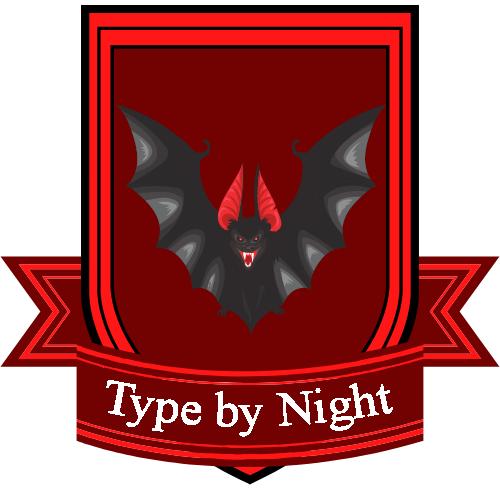
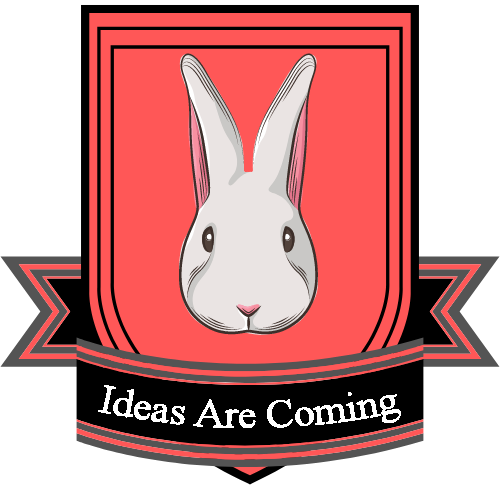
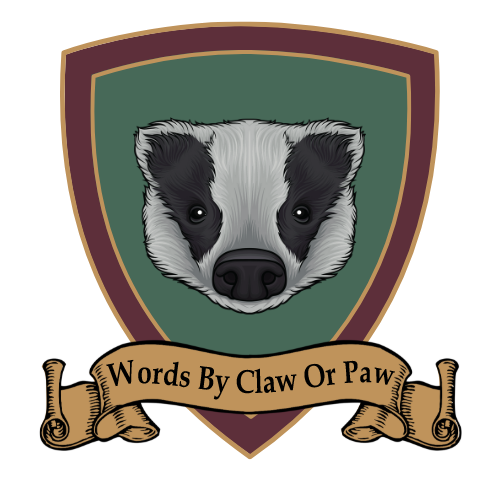
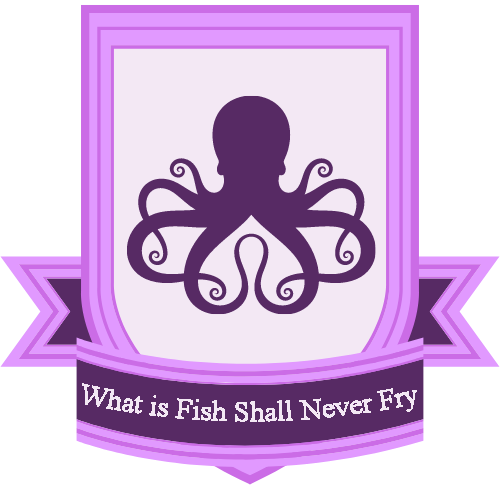


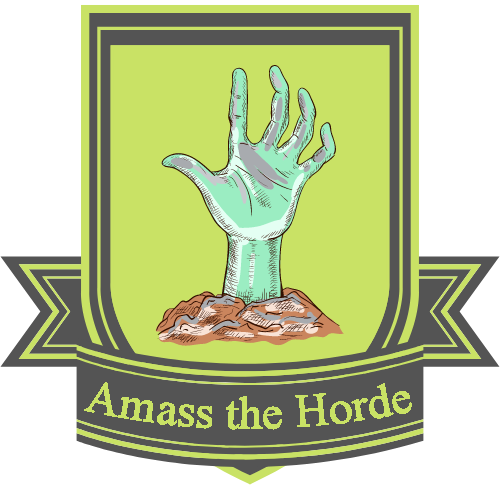

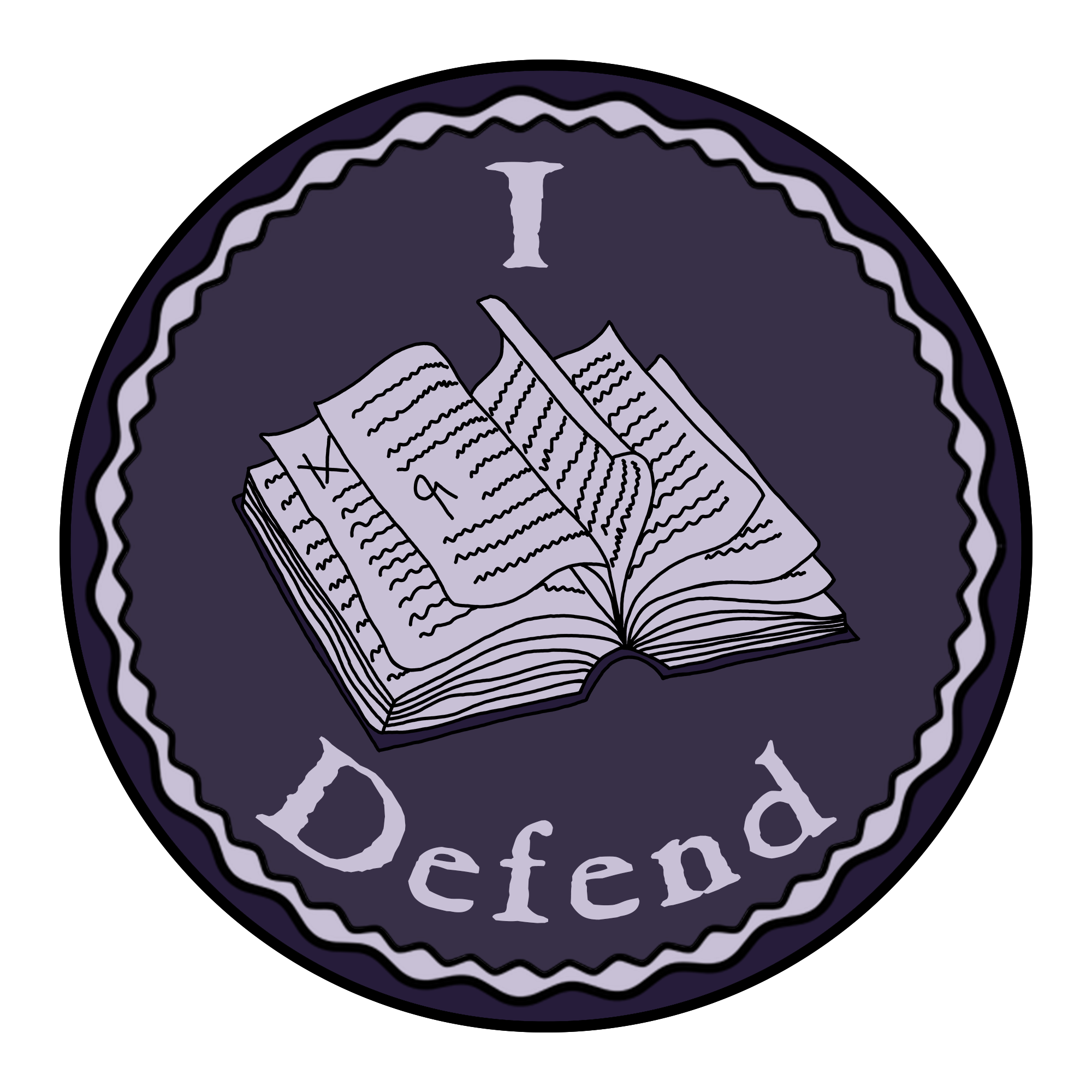
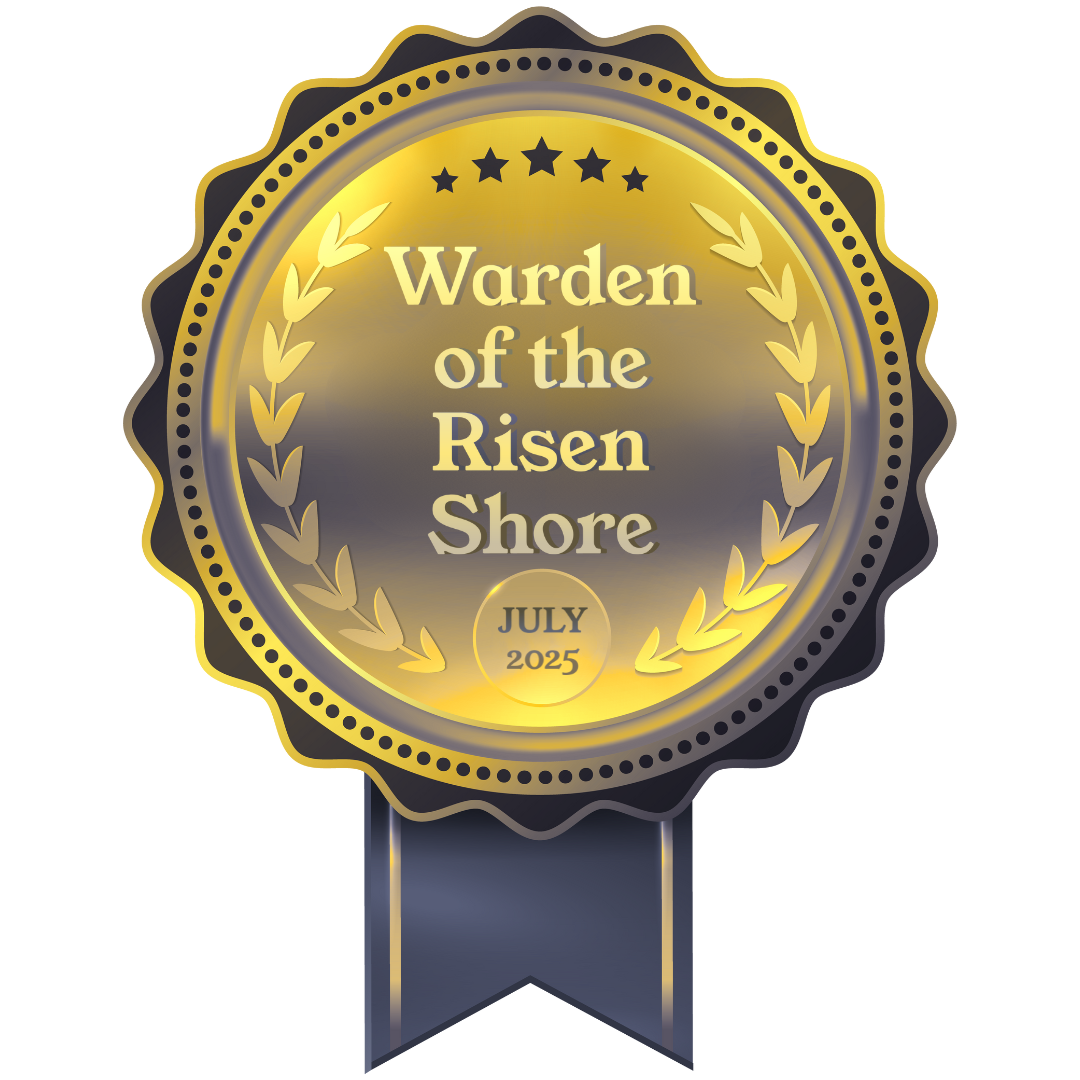















Comments